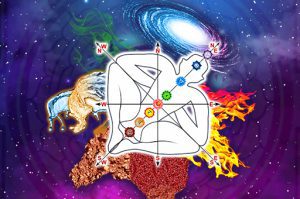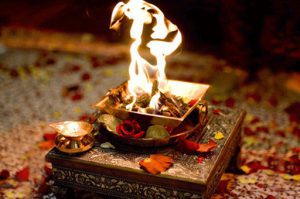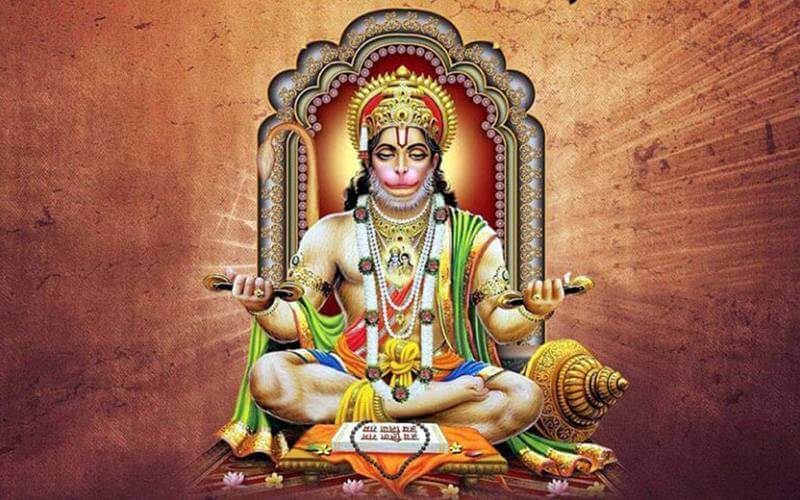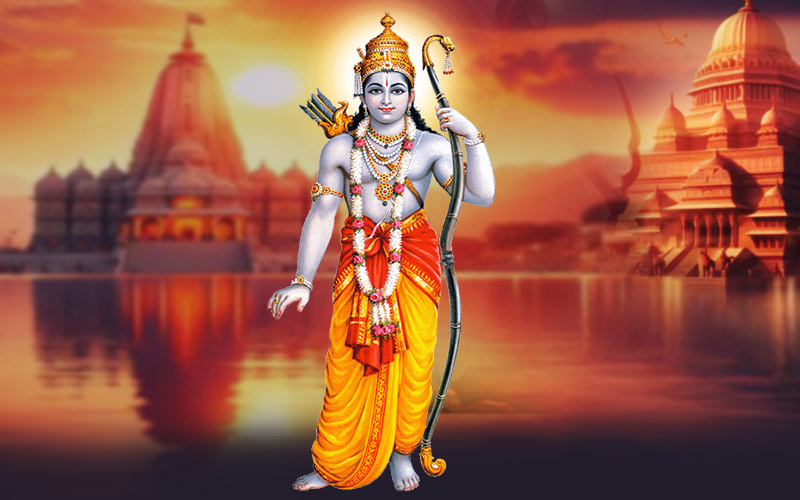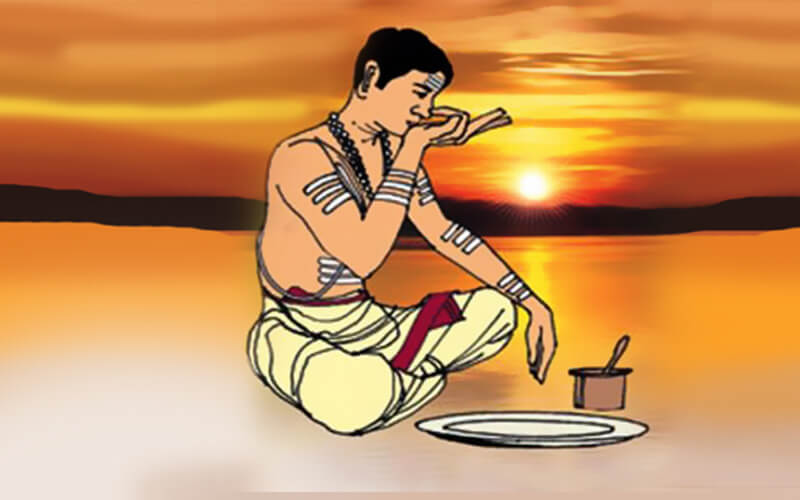
Every ritual in Hinduism holds a scientific and spiritual significance. The age old traditions of the rich Hindu culture form the pathway for spiritual elevation and self -realization. According to an ancient guru Panini, Samskaras (a purification ceremony or rite marking a major event in one’s life) play an important role in shaping one’s personality. Along with shaping one’s personality these purification ceremonies or samskaras are believed to free a person from his/her vices, sins, faults and resolves or rectifies one’s physical deformities. As mentioned in the Upanishads, Samskaras are the means to prosper and grow in all the four spheres of human life namely Dharma (righteousness), Artha (wealth), Karma and Kama (work and pleasure), and Moksha (salvation). One such purification rite or samskara that holds tremendous importance in Hinduism is the ‘Aachamanam’.
Aachamanam – A purification ritual:
The literally meaning of the word Aachamana means to sip. According to Vedic scriptures, Aachamanam is the process of sipping drops of water known as Jalapanam while reciting the various names of Lord Vishnu. Aachamanam is a purification ritual in which an individual sips water three times from the base of the right thumb known as Brahma Theertha while reciting the 21 different names of Lord Vishnu. This process is repeated thrice as it is believed to free an individual performing the ritual from three shortcomings namely Kayik (physical/bodily); Vachik (verbal) and Manasik (mental). While your visit to the temple, you must have also observed that the the priest offers theertha (sacred water) three times as number three is believed to be auspicious. This number signify the Tridevata (Brahma, Vishnu and Maheswara), these deities also represent the three Gunas Rajasa, Sattwa, and Thamasa. The physical benefits this ritual offers is that when you sip water thrice, your throat is cleared from Vata(air element) which is associated to Vishuddha Chakra, Pitta(fire element) which is associated to Manipura Chakra and Kapha which is associated to Swadhisthana Chakra (water and earth element) doshas and you can clearly chant the mantra or recite divine names. Thus, this ritual helps unblock and cleanse the above mentioned Chakras.
Significance of Aachamanam:
According to the Hindu sampradaya (tradition) every ritual begins with the ritual of Aachamanam which is followed by Sankalpa. According to the Vedic shastras, Aachamanam is considered as important as the Aswamedha Yaagam and none of the Vedic karma can begin without the Aachamanam.
Water is considered divine and holds tremendous importance as per the Vedas. Water is used in every Vedic rituals for sipping, touching to parts of the body, sprinkling over the body, and for bathing the body. Sipping water is said to purify and invigorate a person both physically and mentally. It is also believed that, while sipping water when one utters the divine names of Lord Vishnu, he/she is filled with energy and is revitalized.
The process of Aachamanam involves touching various parts of the body as various energies are located in various organs of the body along their deities. According to Sage Sri Veda Vyasa, all the deities are appeased by the intake of water with the Achyuta, Ananta and Govinda Nama. Wiping the lips is said to please river Goddess Ganga and Goddess Yamuna; Lord Surya and Lord Chandra are pleased if eyes are touched with water. Similarly Aswini Devathas are pleased by touching the nose, Fire and Wind Gods are pleased if we touch the ears with water. With the Padmanabha mantra all the thirty-three crore Deities are pleased and the Paramatma (Almighty) by touching the head.
“Anaachamyakritham yachha yachha sankalpa varjitham rakshasam thattbhavet”
A ritual does not yield any results and it becomes futile if it is performed without Aachamanam and Sankalpa.
Ways to perform Aachamanam:
Simplest way to perform the Aachamanam is to take spoonful of water right hand palm and to recite “Kesavaaya Swaaha” and sip it with the Palm tipped back slightly from the base of the thumb in the name of Lord Kesava. Repeat this act reciting the “Narayanaya Swaaha” in the name of Lord Narayana. Again repeat this act for the third time reciting “Madhavaya Swaaha” in the name of Lord Madhava.
Perform the above act by reciting the 21 names of Lord Vishnu called Kesava Naamaas by touching various sensory organs and other parts of the body
Place & Posture:
Choose a clean place to perform Aachamanam. Place a mat on the floor and sit on it facing the East or North direction in Padma or Swastika asana. Do not stand while performing Aachamanam. Sit in the Kukkutasana (hen-like posture) with the soles of your feet firmly planted on the ground, the hands between the knees.
Hand configuration:
The right hand should be held so that the forefinger, middle finger and ring finger are together and slightly bent upwards, while the little finger and the thumb are separated from the other three fingers.
Make use of pure water to perform Aachamanam. Pour few drops of water from the left hand by spoon into the right palm. Recite the appropriate mantra and then sip the water from the Brahma Theertha of the right hand without making noise. The water if held below the thumb is known as Brahma Theertha. If it is held just below the little finger it is called as the Rishi Theertha and when it is held at the edge of four fingers, then it is called the Deva Theertha. If it is held between the thumb and the first finger it is called Pithru Theertha
When not to perform Aachamanam?
- Aachamanam should not be performed in a standing position
- Aachamanam should not be performed facing west or south
- Aachamanam should not be performed with impure water
- It should not be performed while being busy in other activities.
- One should not wear Pavithra while performing Aachamanam.
When Aachamanam is forbidden?
Never perform Aachamanam immediately after consuming prasada or sipping theertha.



